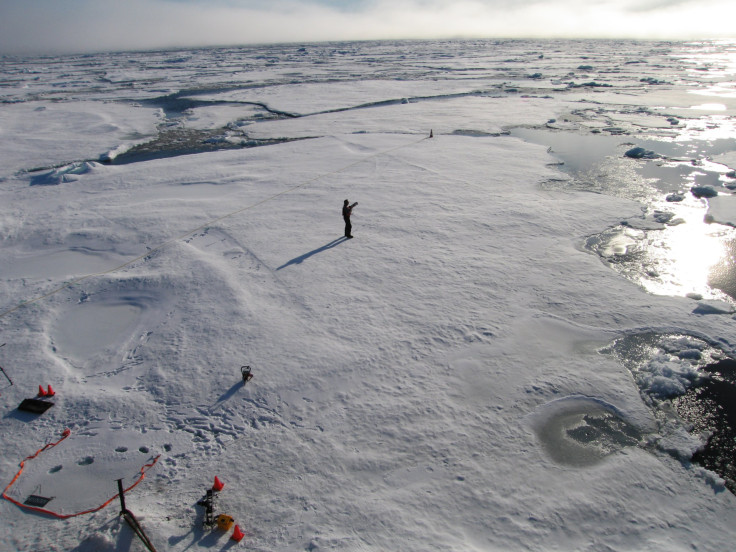Climate Change And Nuclear Waste: Greenland Ice Sheet Melting May Uncover Abandoned Cold War Military Base

Nearly 50 years ago, the United States military closed a base built into the Greenland ice sheet, assuming that the nuclear waste and infrastructure they left there would be entombed in perpetual snowfall.
These days, global climate change is causing a massive melting of that ice sheet. The warming in the Arctic, an area experiencing some of the harshest changes, is threatening to expose hazardous Cold War era waste should the ice around that base melt, researchers warned in a study published Thursday.
“Two generations ago, people were interring waste in different areas of the world, and now climate change is modifying those sites,” William Colgan, a climate and glacier scientist at York University and lead author of a new study looking at the issue, said. "It's a new breed of climate change challenge we have to think about."
The researchers found that the portion of the ice sheet covering the base, known as Camp Century, could begin melting before the end of the century. Should that happen, any of the biological, chemical and infrastructure waste leftover there could be washed into nearby ecosystems. That includes radioactive waste.
Camp Century covers around 55 hectacres — around 100 football fields worth of area — and researchers believe that, in addition to toxic polychlorinated biphenyls (PCBs) there is an unknown amount of low-level nuclear coolant left over there.
The Cold War resulted in unprecedented levels of nuclear stockpiling and testing to determine the best locations to keep warheads in the case of an attack. The United States and Russia lead that proliferation, creating tens of thousands of nukes apiece to try and scare off the other from launching an attack. The U.S. nuclear inventory peaked in the 1960s at just over 30,000 warheads before a slow decline to under 10,000 today. Russian stockpiles peaked in the 1980s around 40,000 weapons before a sharp decline. The two countries claim to have roughly similar amounts of nukes.
© Copyright IBTimes 2024. All rights reserved.






















